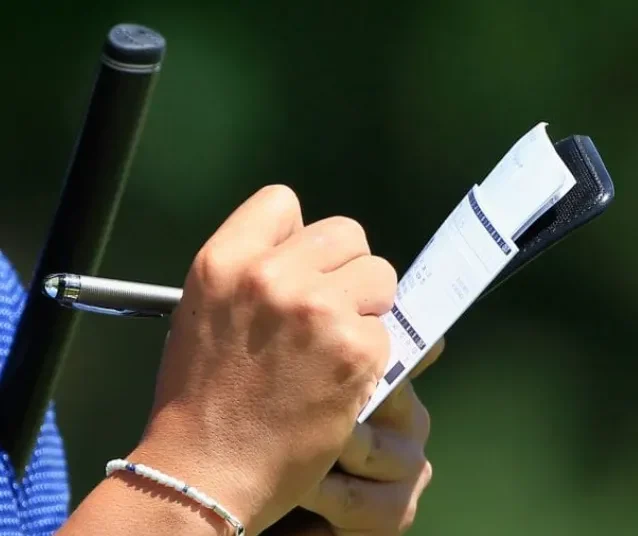Golf is more than just swinging a club — it’s a game of focus, patience, and precision. But if you’re new to the sport, one question often arises: how do you actually keep score? Don’t worry — it’s easier than it looks once you understand the basics. In this guide, we’ll walk through how golf scoring works, what terms like “par” and “birdie” really mean, and how to keep your scorecard accurate from the first tee to the final putt.
Understanding the Scorecard
Every round of golf begins with a scorecard — your record of each hole’s results. Each hole has a number, a par value, and sometimes extra details like distance or handicap rating. The scorecard helps you track your total strokes and measure your progress as you play through the course. Think of it as your personal scoreboard — a summary of every shot that tells the story of your round.
The Basics: Par, Birdie, Eagle, and More
To keep score correctly, it’s important to understand how holes are scored in relation to par.
Par: This is the expected number of strokes an experienced golfer should take to complete a hole. For example, a par 4 means it should take four strokes — one to reach the fairway, one to approach the green, and two to putt.
Birdie: When you finish a hole in one stroke under par — for example, completing a par 4 in three shots — that’s a birdie. It’s a small victory worth celebrating.
Eagle: An eagle is even rarer — finishing a hole in two strokes under par. Achieving one feels like catching lightning in a bottle.
Bogey: On the flip side, taking one stroke over par is called a bogey. It’s common, and part of every golfer’s learning curve.
How to Record Your Score
Keeping track of your strokes is straightforward once you get the hang of it. Here’s how to do it step by step:
Before You Begin: Find the correct hole number on your scorecard.
Count Every Stroke: Each swing you make counts as one stroke, including penalties for lost balls or out-of-bounds shots.
Write It Down: Once you’ve holed the ball, write down your total number of strokes for that hole in the box provided.
Add It Up: At the end of nine or eighteen holes, total your strokes to see your final score.
Remember, the lower your total score, the better you played relative to par.
Pencil or Pen?
Golfers traditionally use pencils because they allow for quick corrections — especially handy if you miscount or adjust a penalty. The scorecard doesn’t need to be perfect or artistic; it’s simply there to capture your round accurately and honestly.
Scorekeeping Etiquette
Keeping score in golf isn’t just about numbers — it’s also about integrity and respect for the game. Always be honest when recording your strokes, and double-check your numbers after each hole. Encourage your playing partners and share in their good shots; golf is as much about camaraderie as competition.
The Joy Behind the Numbers
At the end of the day, your scorecard tells more than just how well you played — it reflects your effort, your growth, and your moments of triumph. Whether you’re chasing birdies or fighting through bogeys, remember that every round is a chance to learn and enjoy the process.
So next time you step onto the course, grab your scorecard with confidence. You’re not just keeping score — you’re keeping track of your journey through the great game of golf.













